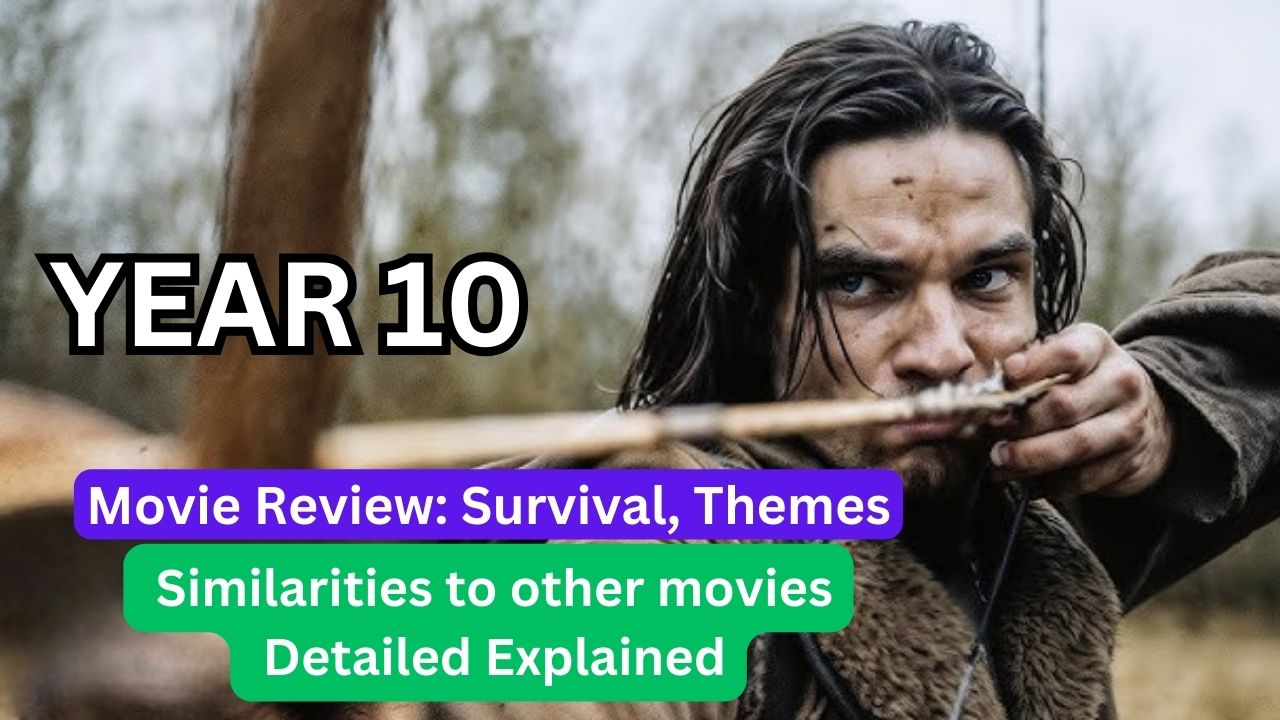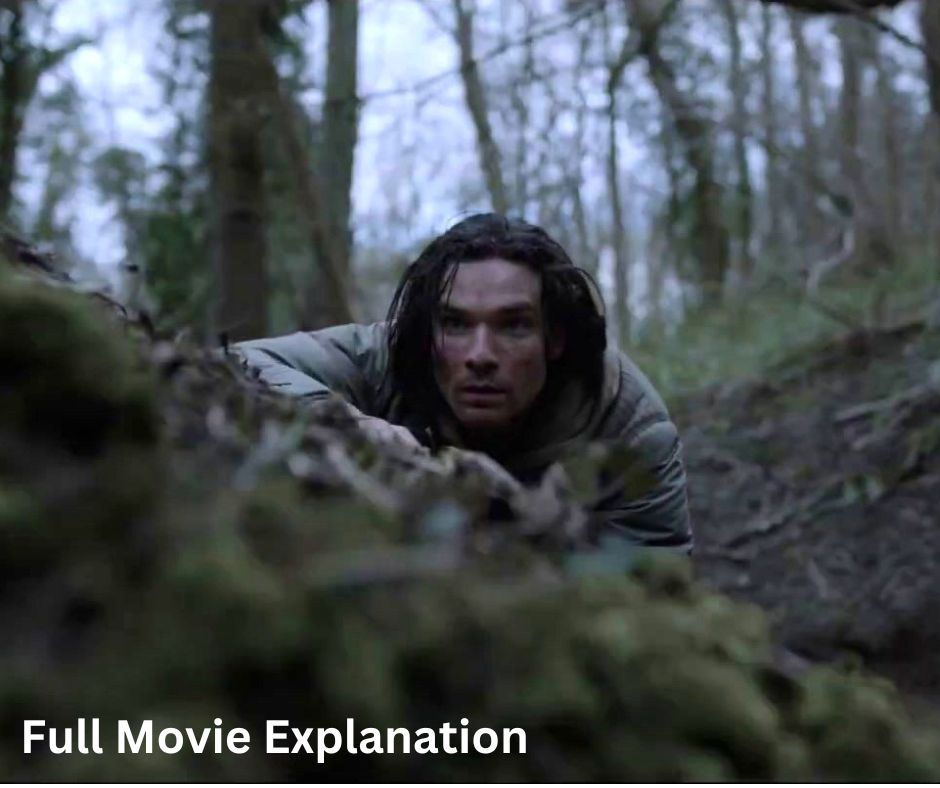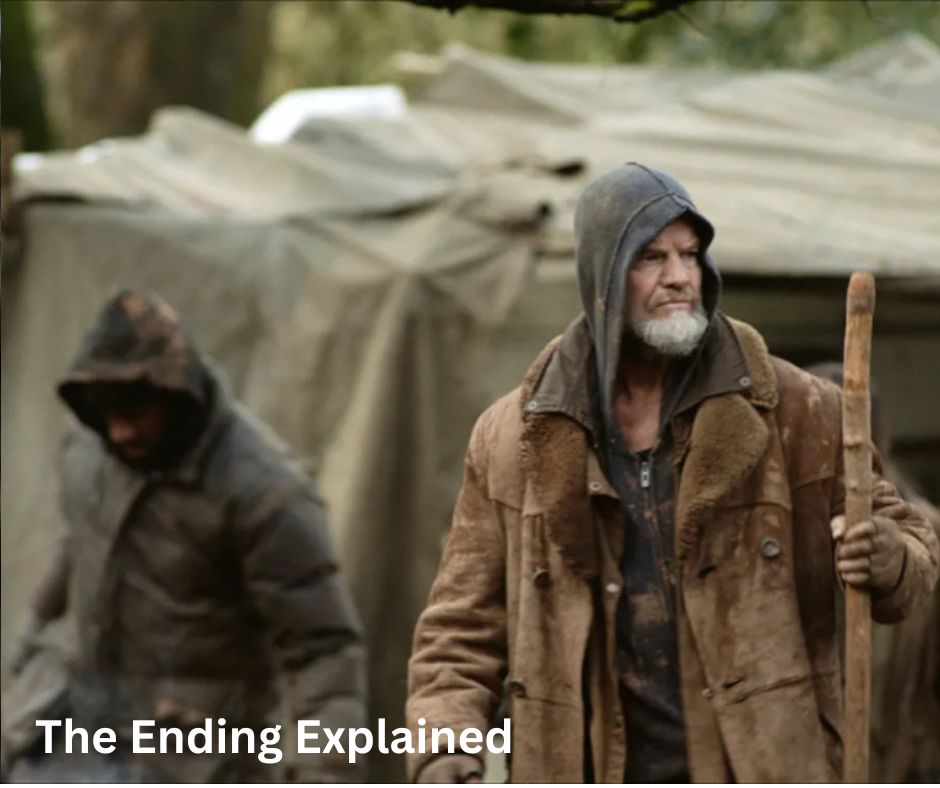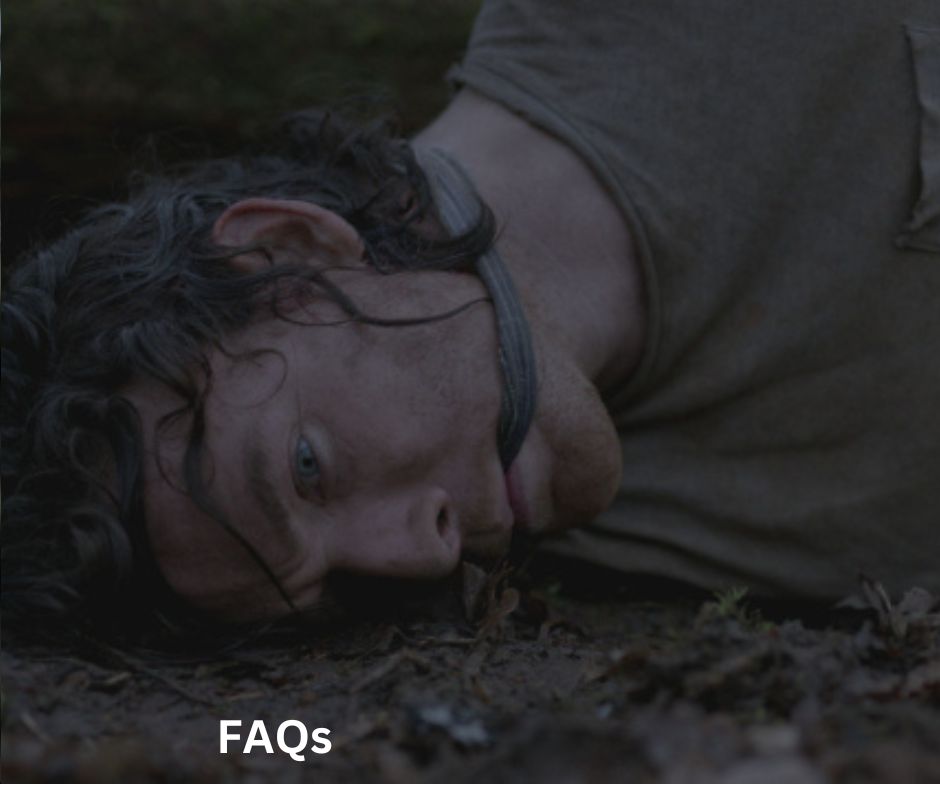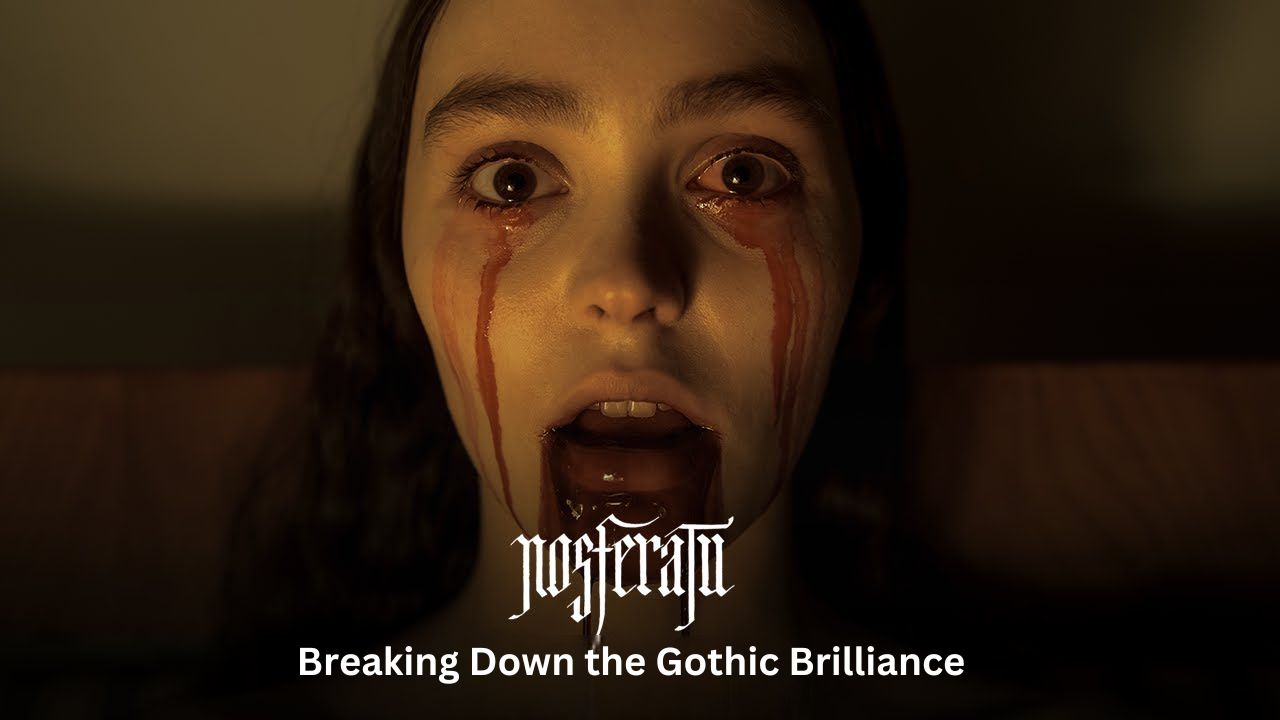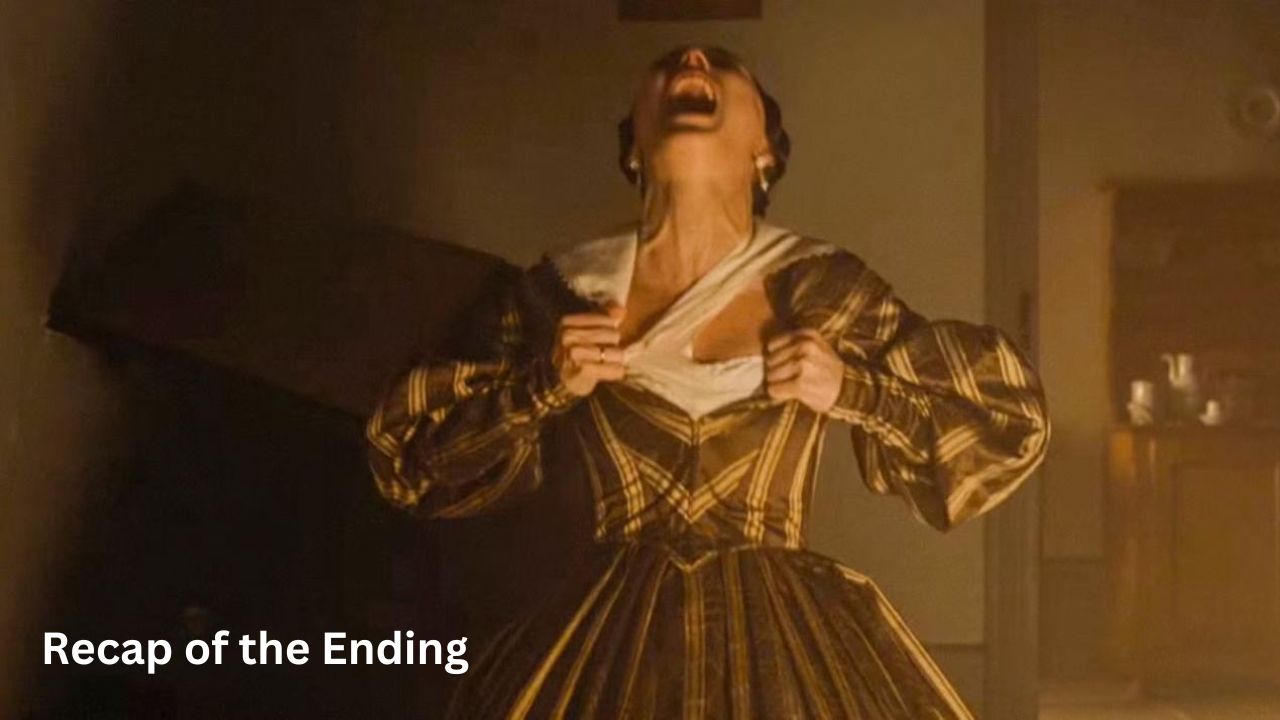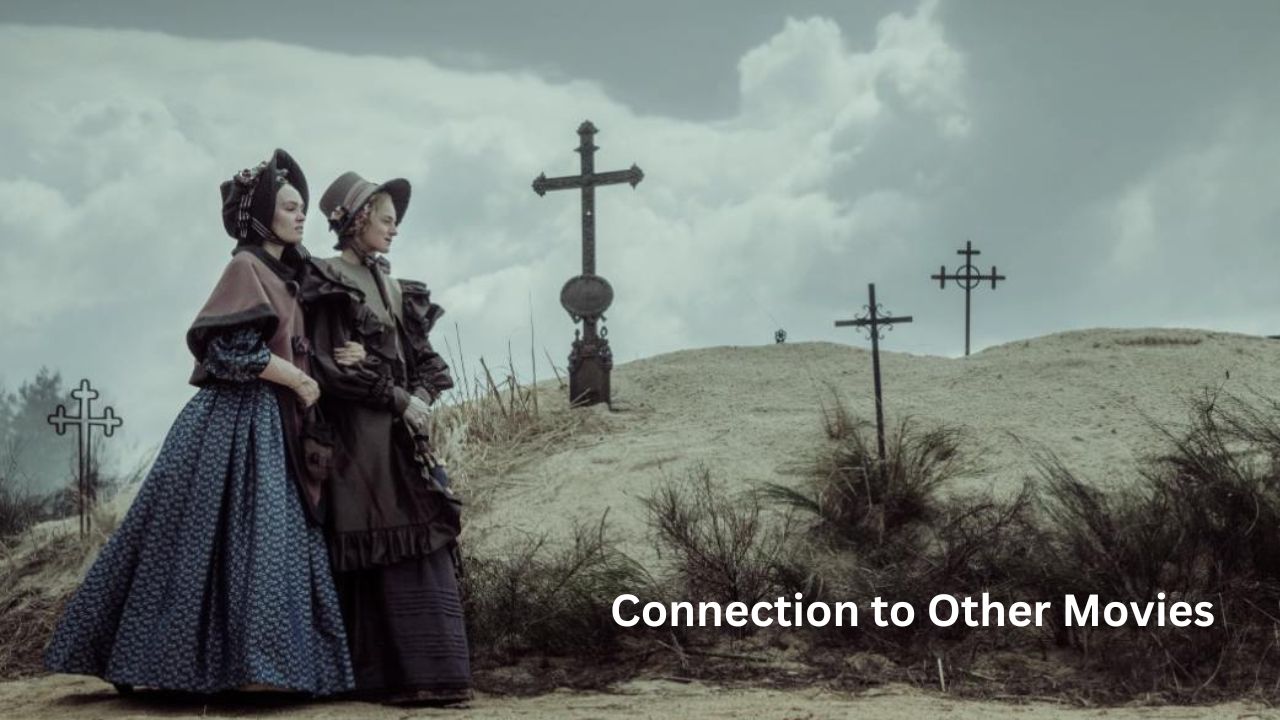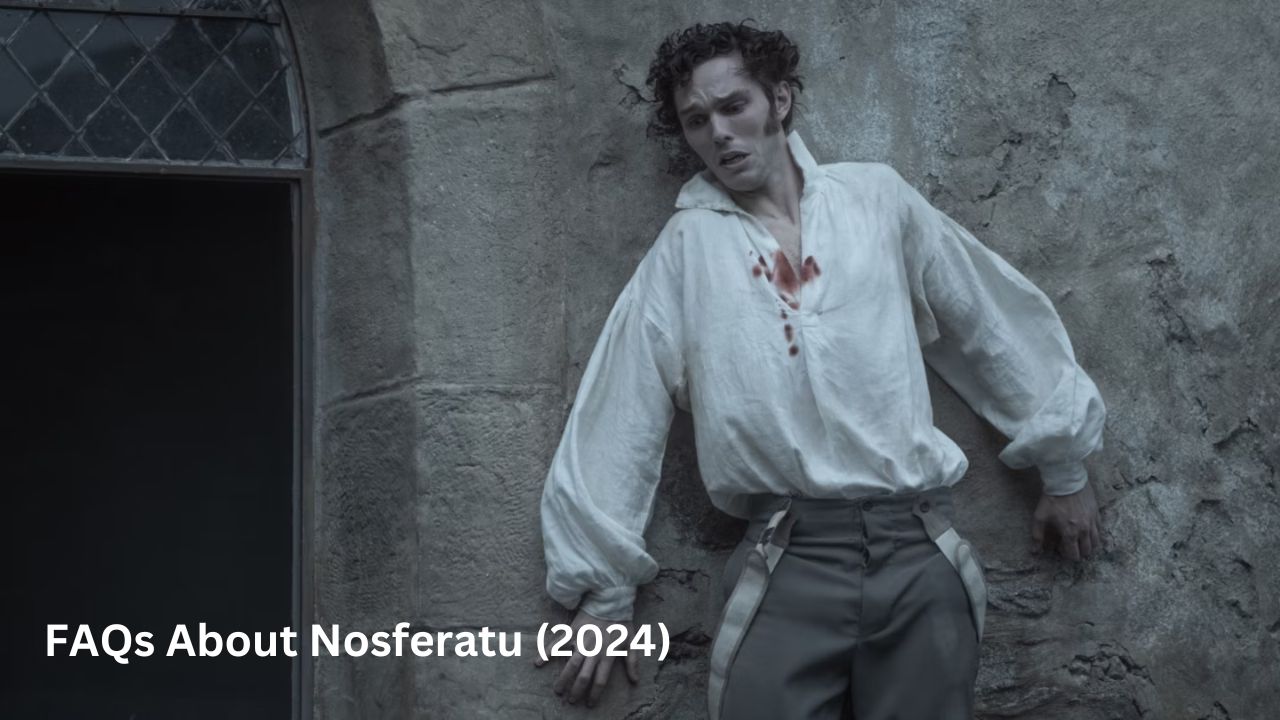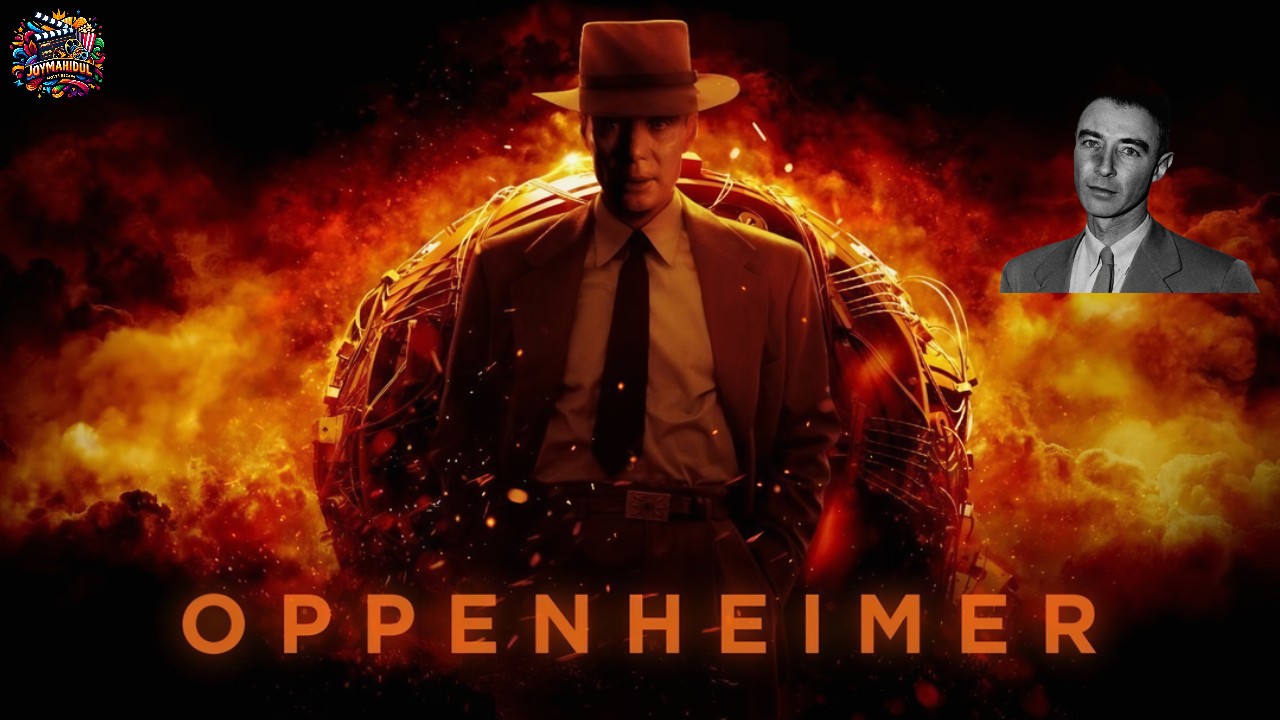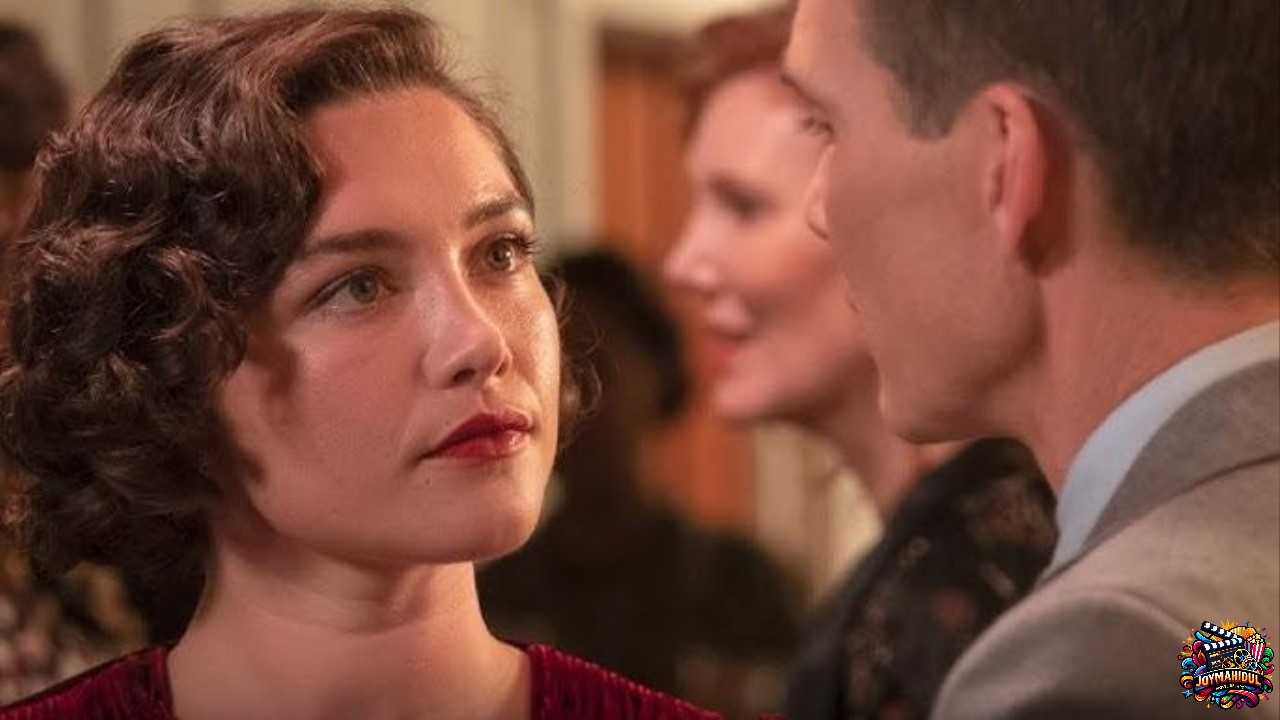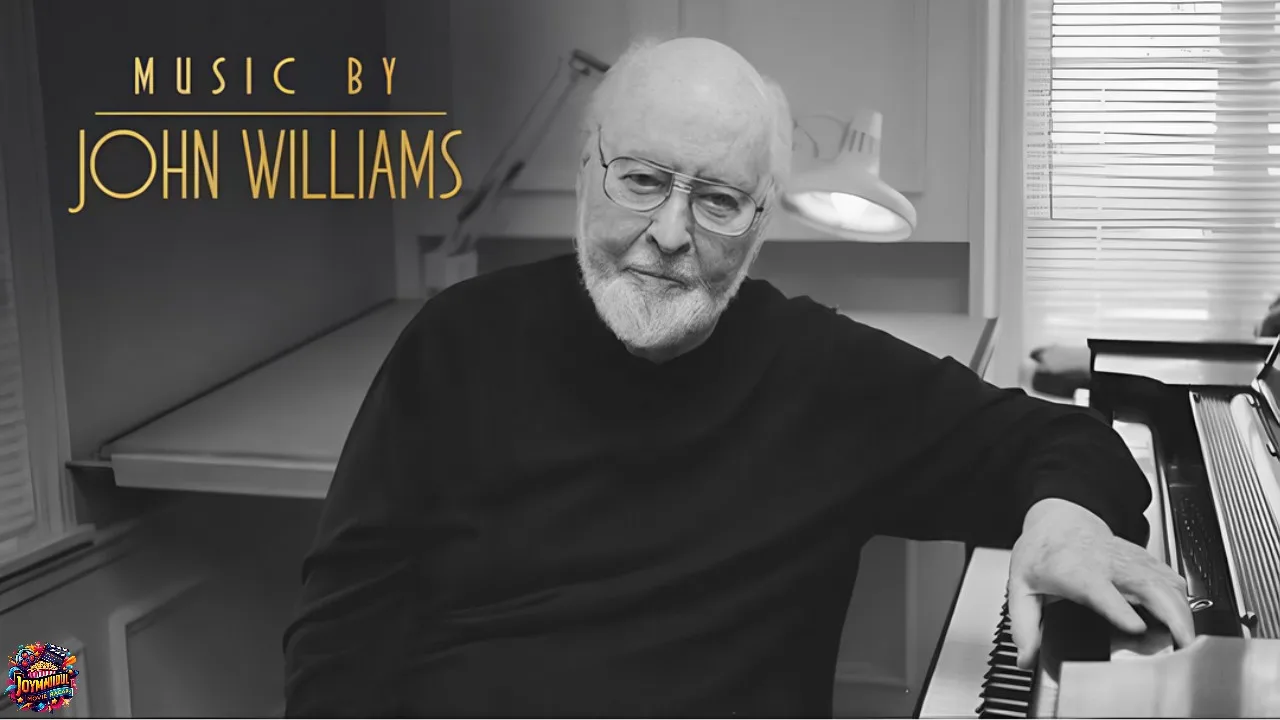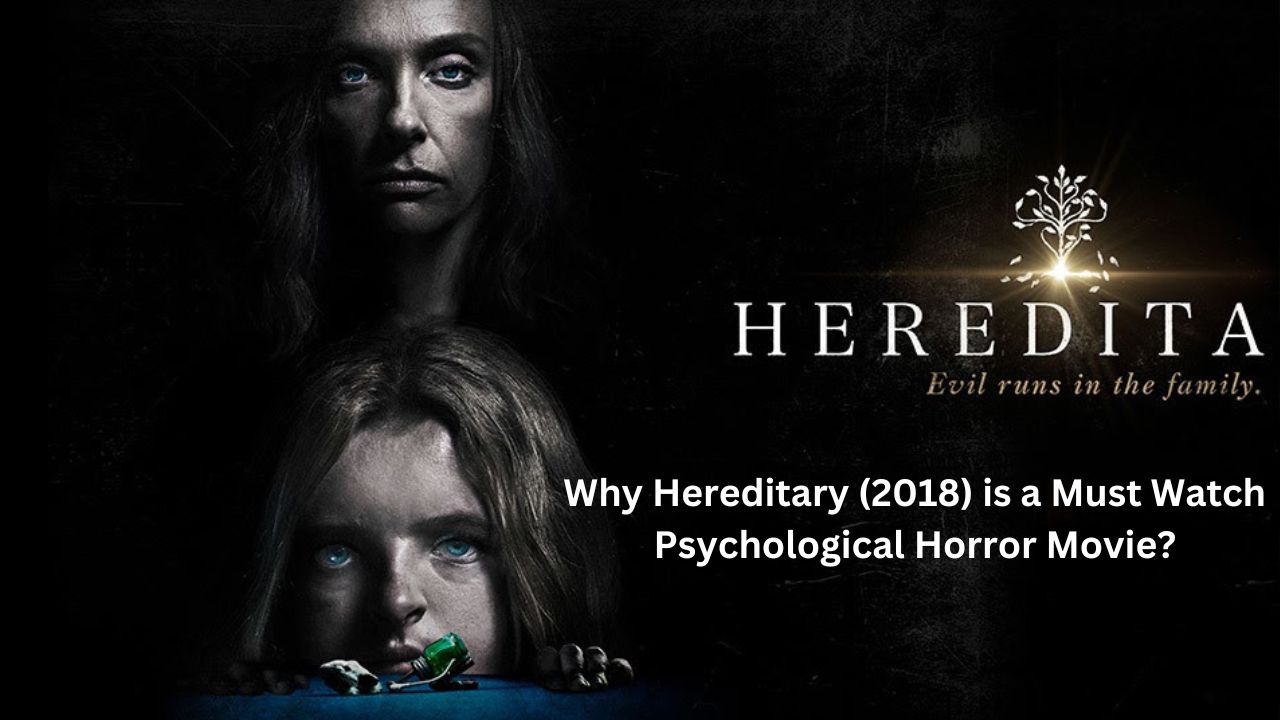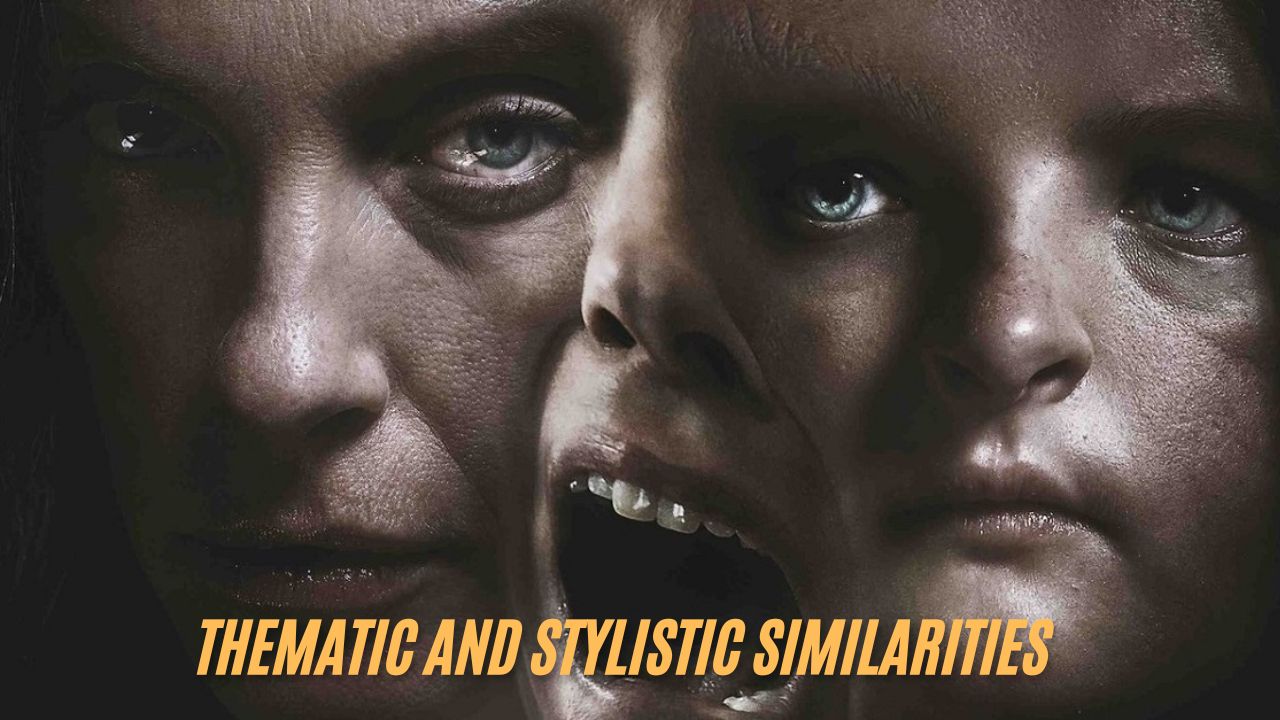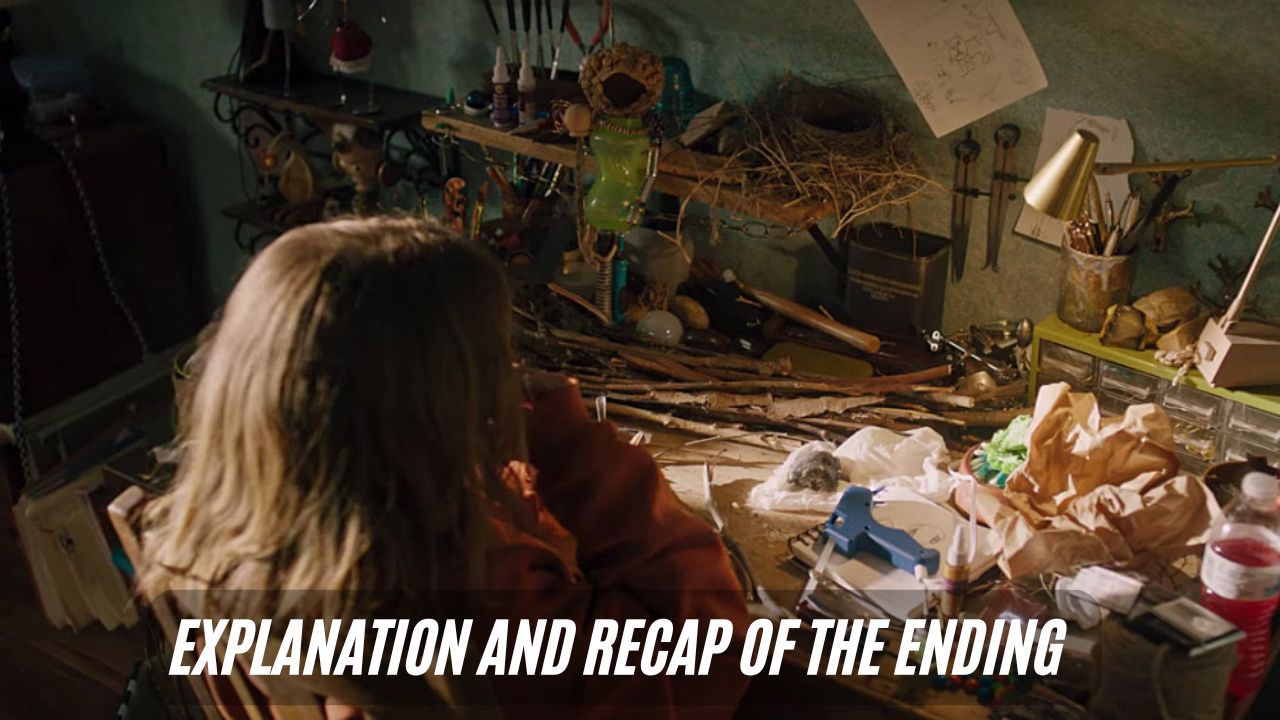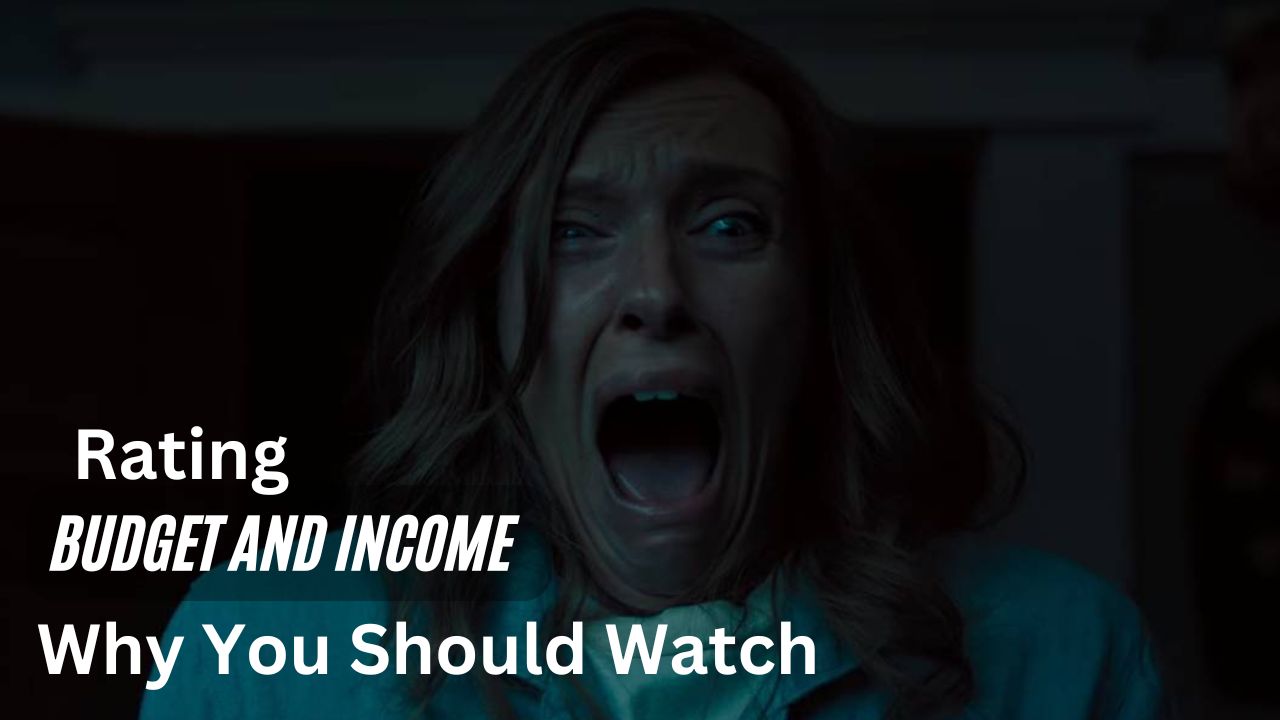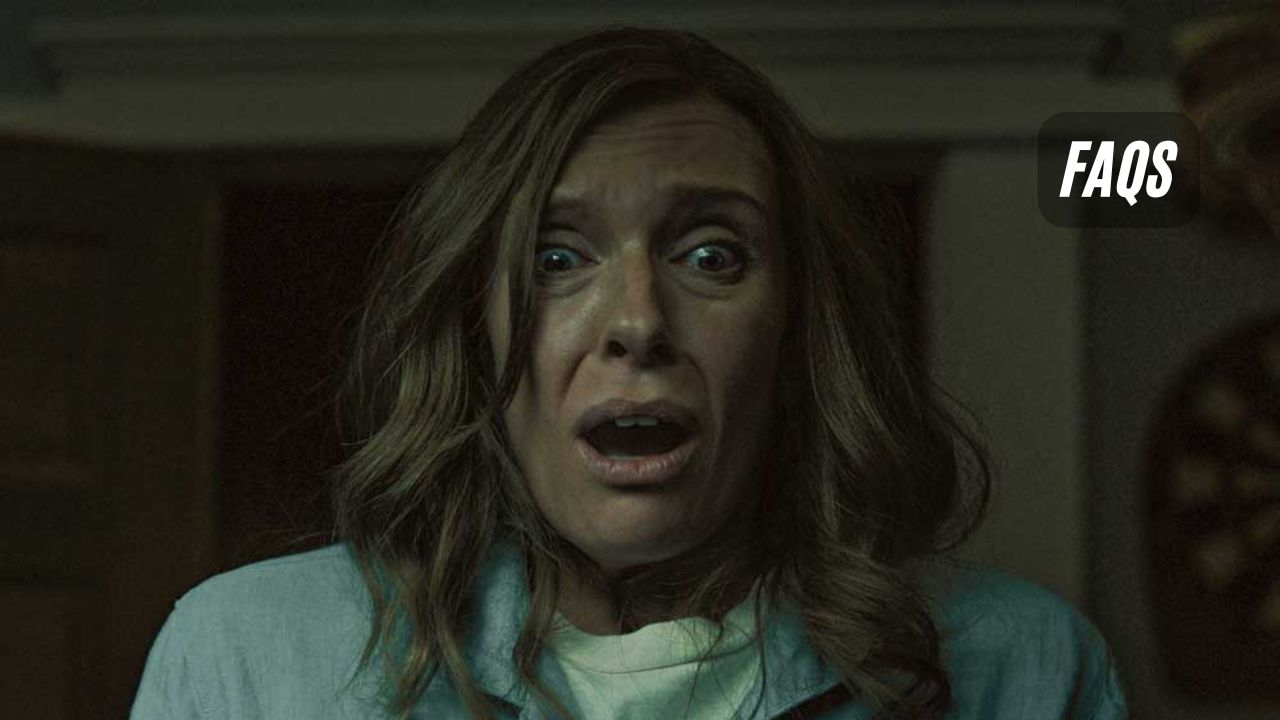একটি যাত্রা যা আপনার হৃদয় ছুঁয়ে যাবে! জানুন ‘পোগুমিদাম ভেগু থুরামিল্লাই’-এর আসল গল্প!
পোগুমিদাম ভেগু থুরামিল্লাই: একটি গভীর মানবিক রোড ফিল্মের রিভিউ
ভারতীয় তামিল ভাষার চলচ্চিত্র “পোগুমিদাম ভেগু থুরামিল্লাই” (২০২৪) একটি অসাধারণ রোড ফিল্ম যা গভীর মানবিক অনুভূতি এবং জীবনের বিভিন্ন চড়াই-উৎরাইকে সুন্দরভাবে উপস্থাপন করেছে। মাইকেল কে. রাজার পরিচালনায় নির্মিত এই ছবি পরিবার, বন্ধুত্ব এবং আত্মত্যাগের গল্প নিয়ে এগিয়ে চলে। ছবিটি প্রধান চরিত্রগুলির যাত্রা এবং তাদের ভেতরকার পরিবর্তনের মধ্য দিয়ে একটি গভীর সামাজিক বার্তা প্রদান করে। এছাড়াও, আমরা এই ছবিটির সাথে অনেক জনপ্রিয় সিনেমার মিল খুঁজে বের করেছি, যা এর থিম এবং গল্পের গভীরতা আরও মজবুত করেছে।
প্লটের সারসংক্ষেপ
চলচ্চিত্রটি শুরু হয় কুমার (ভিমল) নামে একজন এ্যাম্বুলেন্স ড্রাইভারের জীবন ঘিরে। কুমার একজন প্রভাবশালী বাক্তির মৃতদেহ ডেলিভারি করার দায়িত্ব পায়। এই সাধারণ কাজটি তার জন্য একাধিক সমস্যার কারণ হয়ে ওঠে আর অন্য দিকে তার বউ এর পেটে বাচ্চা সেও হাসপাতালে ভর্তি যেকোন মুহূর্তে বাচ্চা হইতে পারে। কুমারের সঙ্গী নলিনামূর্তি (করুণাস) তার এই যাত্রায় মাঝ পথে গাড়িতে লিফট নেয়, যা এক ভিন্ন অভিজ্ঞতায় পরিণত হয় এতে প্রাণ নাশেরও সঙ্কা তৈরি হয়।
মুভিটির গল্প জটিলতা পায় যখন মৃতদেহটি হারিয়ে যায় এবং তার দুই ছেলে খোঁজা শুরু করে লাশ। এই অবস্থায় কুমার এবং মূর্তি একসাথে সমাধানের পথে বের করে। এই যাত্রায় তাদের বিভিন্ন সমস্যার সম্মুখীন হতে হয়। গল্পটি বিভিন্ন আবেগঘন মুহূর্ত, হাসি, এবং জীবন সম্পর্কে গভীর উপলব্ধির মধ্য দিয়ে এগিয়ে চলে যা তোমাকে কান্না করাবে।
থিম এবং বার্তা
“পোগুমিদাম ভেগু থুরামিল্লাই” শুধুমাত্র একটি রোড ফিল্ম নয়; এটি জীবনের উদ্দেশ্য এবং মানবিক সম্পর্কের গভীরতা অনুসন্ধানের একটি অনন্য প্রচেষ্টা, একজন মানুষের ভিতরে যা ছুঁয়ে যাবে। ছবির মূল থিম হলো:
- বন্ধুত্ব: কুমার এবং মূর্তির মধ্যকার সম্পর্ক এবং বন্ধুর জন্য আত্ততাগ করা আমাদের অনেক পুরনো চলচ্চিত্রের সেই অসাধারণ বন্ধুত্বের গল্পগুলো মনে করিয়ে দেয়।
- আত্মত্যাগ: মূর্তির চরিত্রটি তার বন্ধুর জন্য আত্মত্যাগের মাধ্যমে জীবনের গভীর মূল্যবোধকে প্রকাশ করে। একজন বন্ধু যে একরাতের বন্ধুর জন্য নিজের জীবন অ দিয়ে দিতে পারে তা অনন্য এই গল্পে।
- পরিবারের প্রতি ভালোবাসা: কুমারের চরিত্রটি তার পরিবারের জন্য সবকিছু করার যে প্রচেষ্টা করে, তা এই গল্পে প্রতিটি দর্শকের হৃদয়ে দাগ কাটবে। দায়িত্ব যে একজন পুরুষকে কতোখানি পরিশ্রম করায় তা ফুটিয়ে উঠেছে।
অভিনয় ও চরিত্র চিত্রণ
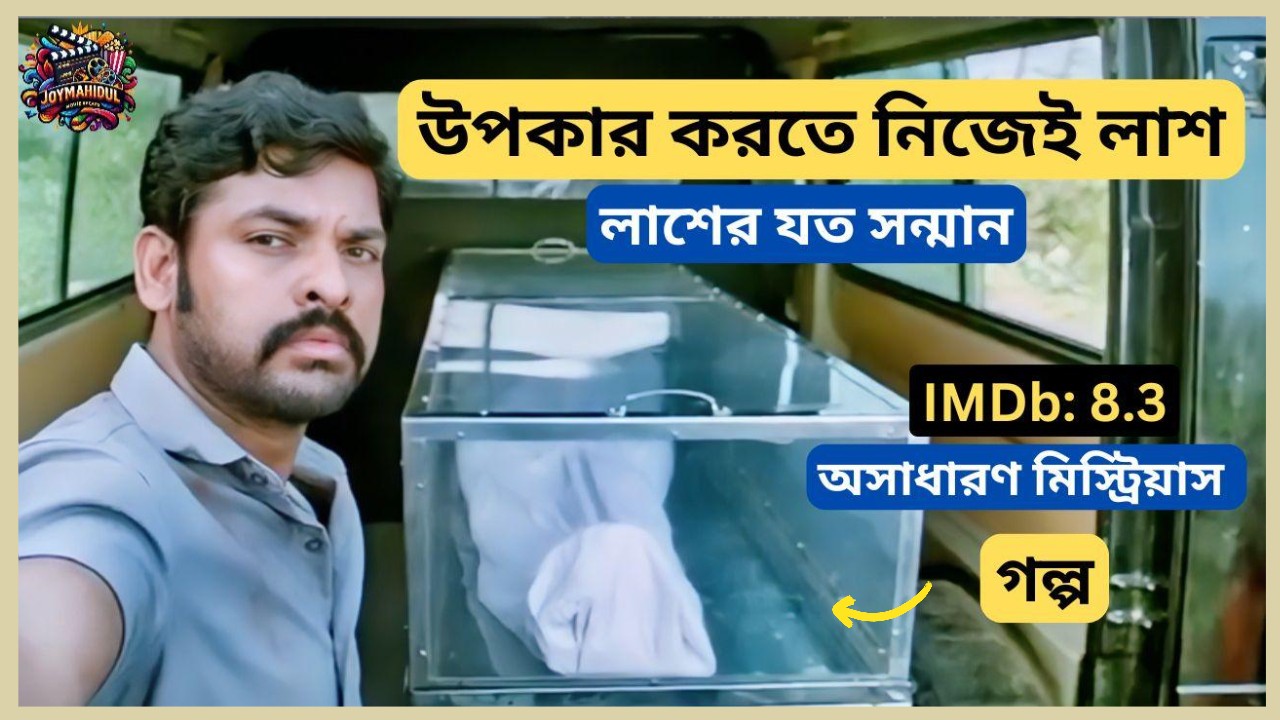
- ভিমল (কুমার): কুমারের চরিত্রে ভিমলের অভিনয় সত্যিই প্রশংসনীয়, ভিমলের চেহারার অঙ্গভঙ্গি অন্যরকম একটা অনভুতি দিবে। তার চরিত্রের আবেগঘন দিকগুলো তিনি নিখুঁতভাবে ফুটিয়ে তুলেছেন তবে গল্পের শেষে তোমাকে আবেগপূর্ণ করে তুলবে।
- করুণাস (নলিনামূর্তি): মূর্তির চরিত্রে করুণাস তার অভিনয় দক্ষতার মাধ্যমে ছবিকে এক নতুন উচ্চতায় নিয়ে গেছেন তার অভিনয় বুঝিয়ে দিয়েছে তিনি কতোটা অভিজ্ঞ।
- মেরি রিকেটস (কালাইয়াঝাগি): কুমারের স্ত্রীর চরিত্রে মেরি রিকেটস হৃদয়স্পর্শী অভিনয় করেছেন।
নির্মাণ ও প্রযুক্তিগত দিক
- পরিচালনা: মাইকেল কে. রাজার দক্ষ পরিচালনা ছবিটিকে প্রাসঙ্গিক ও হৃদয়গ্রাহী করে তুলেছে তা সত্যিই প্রশংসনীয়।
- সিনেমাটোগ্রাফি: ডেমেল জাভিয়ার এডওয়ার্ডসের ক্যামেরার কাজ দর্শকদের যাত্রার অভিজ্ঞতা দেয়। তামিলনাড়ুর প্রাকৃতিক দৃশ্য এবং রোড ট্রিপের চিত্রায়ন ছিল অসাধারণ।
- সঙ্গীত: এন. আর. রঘুনাথনের সুর ছবির আবেগকে আরও জোরালো করেছে।
- সম্পাদনা: এম. থিয়াগারাজনের সম্পাদনা গল্পের গতি বজায় রেখেছে।
মুক্তি ও জনপ্রিয়তা
“পোগুমিদাম ভেগু থুরামিল্লাই” ২০২৪ সালের ২৩ আগস্টে থিয়েটারে মুক্তি পায়, যা তামিল চলচ্চিত্র প্রেমীদের মধ্যে বড় ধরনের আলোচনা সৃষ্টি করে। মুক্তির পর ছবিটি কিছু সময়ের জন্য বড় পর্দায় দর্শকদের আকৃষ্ট করতে সক্ষম হয়, বিশেষ করে ছবির মানবিক দিক এবং আবেগঘন মুহূর্তগুলি দর্শকদের মনে গভীর প্রভাব ফেলে। ৮ অক্টোবর ২০২৪ থেকে ছবিটি প্রাইম ভিডিওতে স্ট্রিমিং শুরু হয়, এবং এটি আরও ব্যাপক দর্শকদের কাছে পৌঁছাতে সক্ষম হয়, যাদের জন্য এটি থিয়েটারে দেখা সম্ভব হয়নি। স্ট্রিমিং প্ল্যাটফর্মে মুক্তি পাওয়ার পর ছবিটি আরও বড় সাফল্য অর্জন করে এবং একটি নতুন দর্শক শ্রেণী তৈরি হয় যারা ছবিটির গভীরতা এবং থিমের প্রশংসা করে এখানে ক্লিক করে আপনিও দেখে নিন।
মুক্তির প্রথম সপ্তাহে, “পোগুমিদাম ভেগু থুরামিল্লাই” ভারতের বিভিন্ন অঞ্চলে ব্যাপকভাবে প্রশংসিত হয়েছিল। ছবির মানবিক থিম, বন্ধুত্ব এবং আত্মত্যাগের গল্প, এবং পরিচালক মাইকেল কে. রাজার সূক্ষ্ম পরিচালনা দর্শকদের মনে গভীর দাগ কাটে। তবে, ছবিটি কিছু সমালোচনার সম্মুখীনও হয়েছিল। কিছু দর্শক মনে করেছিলেন যে, ছবির কিছু অংশে গল্পের গতি ধীর ছিল, যা সিনেমাটিক অভিজ্ঞতায় কিছুটা বাধা সৃষ্টি করেছিল। বিশেষত, ছবির দ্বিতীয়ার্ধে গল্পের গতি কিছুটা মন্থর হয়ে পড়ে, যা কিছু দর্শকদের কাছে বিরক্তিকর মনে হতে পারে। তবে, এই ধীরগতি সত্ত্বেও, ছবির মানবিক সম্পর্ক এবং চরিত্রের উন্নতি একে একটি শক্তিশালী এবং সমালোচকদের দ্বারা প্রশংসিত সিনেমা হিসেবে প্রতিষ্ঠিত করেছে।
বিশ্বব্যাপী স্ট্রিমিং প্ল্যাটফর্মে ছবির মুক্তির পর, বিভিন্ন দেশ থেকে ছবিটি নিয়ে প্রশংসা পাওয়া যায়। আন্তর্জাতিক দর্শকরা ছবির থিম এবং চরিত্রগুলোর প্রতি তাদের সংবেদনশীলতা ও সম্পর্কের গভীরতায় মুগ্ধ হন। ছবির প্রাসঙ্গিকতা এবং মানবিকতা আধুনিক সমাজের সাথে সম্পর্কিত, যা একে একটি আন্তঃদেশীয় স্তরে গ্রহণযোগ্য করে তোলে।

সমালোচনা ও দর্শকদের প্রতিক্রিয়া
ছবিটি মুক্তির পর বিভিন্ন সংবাদপত্র এবং চলচ্চিত্র সমালোচকরা ছবিটি নিয়ে নিজেদের মতামত প্রকাশ করেন। বেশিরভাগ সমালোচক ছবির অভিনয়, পরিচালনা এবং থিমের প্রশংসা করেছেন। তবে, কিছু অংশে তারা ছবির গতির ব্যাপারে কিছুটা অসন্তুষ্টি প্রকাশ করেছেন।
- সিনেমা এক্সপ্রেস: সিনেমা এক্সপ্রেস ছবিটির অভিনয় এবং চরিত্রের গভীরতার প্রশংসা করে লিখেছিল, “ভিমল এবং করুণাসের অভিনয় ছবিটিকে শক্তিশালী করেছে। তাদের সম্পর্কের জটিলতা এবং অনুভূতির বাস্তবতা ছবিটিকে একটি বিশেষ স্তরে নিয়ে গেছে।”
- টাইমস অফ ইন্ডিয়া: টাইমস অফ ইন্ডিয়া ছবিটির বিষয়বস্তু এবং থিমের প্রশংসা করে কিন্তু ছবির গতি নিয়ে কিছু সমালোচনা করে, “ছবিটি মিশ্র অভিজ্ঞতা প্রদান করে, তবে এটি একবার দেখার মতো। কিছু ক্ষেত্রে গল্পের গতি ধীর মনে হয়েছে, তবে ছবির মানবিক দিকগুলি দর্শকদের মনে দীর্ঘস্থায়ী প্রভাব ফেলে।”
এছাড়া, অনেক দর্শক সামাজিক মিডিয়াতে ছবির প্রশংসা করেছেন, বিশেষ করে ছবির বন্ধুত্ত্ব এবং আত্মত্যাগের দিকগুলো নিয়ে আলোচনা করেছেন। অনেকেই ছবির গল্পের প্রতি নিজেদের অনুভূতি এবং অভিজ্ঞতা শেয়ার করেছেন, যা ছবির জনপ্রিয়তা বাড়াতে সহায়ক হয়েছে।
অন্যান্য অনুপ্রেরণামূলক চলচ্চিত্রের সাথে সংযোগ
“পোগুমিদাম ভেগু থুরামিল্লাই” একটি রোড ফিল্ম হওয়ার কারণে এটি পৃথিবীজুড়ে অন্যান্য বিখ্যাত রোড ফিল্মগুলোর সঙ্গে তুলনা এবং সম্পর্ক স্থাপন করেছে। ছবির থিম এবং চরিত্রগুলোর মধ্যে যে গভীর সম্পর্ক এবং ব্যক্তিগত সংগ্রাম দেখানো হয়েছে, তা কিছু পুরনো এবং আধুনিক চলচ্চিত্রের সাথে মিল রাখে।
- “পথের পাঁচালী” (১৯৫৫): সত্যজিৎ রায়ের এই কাল্পনিক ক্লাসিক ছবিটি ভারতের গ্রাম্য জীবনের জটিলতা এবং পারিবারিক সম্পর্কের উপর কেন্দ্রিত। “পোগুমিদাম ভেগু থুরামিল্লাই”-এর কুমার চরিত্রটির মতোই, “পথের পাঁচালী”-এর অপু তার পরিবার এবং জীবনের নানা সমস্যায় জর্জরিত। দুই ছবিতে সম্পর্ক এবং সংগ্রামকে মানবিক এবং বাস্তবসম্মতভাবে তুলে ধরা হয়েছে।
- “বাগবান” (২০০৩): এটি একটি পারিবারিক সিনেমা, যেখানে পরিবারের প্রতি ভালবাসা এবং আত্মত্যাগের গভীরতা তুলে ধরা হয়েছে। “পোগুমিদাম ভেগু থুরামিল্লাই”-এর কুমার এবং মূর্তির সম্পর্কের মধ্যেও এই আত্মত্যাগের অনুভূতি স্পষ্টভাবে ফুটে উঠেছে, যা “বাগবান”-এর চরিত্রদের মধ্যেও দেখা গেছে।
- “রেন ম্যান” (১৯৮৮): হলিউডের এই রোড ফিল্মে দুই ভিন্ন প্রকৃতির মানুষের যাত্রার গল্প বলা হয়েছে। একইভাবে, “পোগুমিদাম ভেগু থুরামিল্লাই”-এর কুমার এবং মূর্তির চরিত্রগুলির মধ্যে একাধিক পার্থক্য থাকা সত্ত্বেও, তাদের সম্পর্ক এবং যাত্রা একটি অদ্ভুত ধরনের বন্ধুত্বের উদাহরণ তৈরি করে।
- “সালাম বম্বে!” (১৯৮৮): মীরা নায়েরের এই ছবি জীবনের কঠিন বাস্তবতা এবং মানুষের সংগ্রামকে তুলে ধরে। “পোগুমিদাম ভেগু থুরামিল্লাই”-এর মতো, এটি সমাজের মধ্যে থাকা অবহেলিত এবং দুঃখী মানুষের জীবনের সংগ্রাম এবং চ্যালেঞ্জের উপর আলোকপাত করেছে।
- “কোমল গান্ধার” (১৯৬১): ঋত্বিক ঘটকের এই ছবিটি সমাজের প্রতি মানুষের সম্পর্ক এবং আবেগকে কেন্দ্র করে নির্মিত। “পোগুমিদাম ভেগু থুরামিল্লাই”-এর মূর্তির চরিত্রের থিয়েটারের প্রতি ভালোবাসা এবং তার আবেগ কিছুটা “কোমল গান্ধার”-এর সঙ্গে মিল রেখে চলে।
এছাড়াও, ছবিটি একাধিক দেশীয় এবং আন্তর্জাতিক চলচ্চিত্রের অনুপ্রেরণা হিসেবে কাজ করেছে, যেখানে রোড ফিল্ম বা পারিবারিক আবেগ এবং সম্পর্কের গুরুত্ব তুলে ধরা হয়েছে।
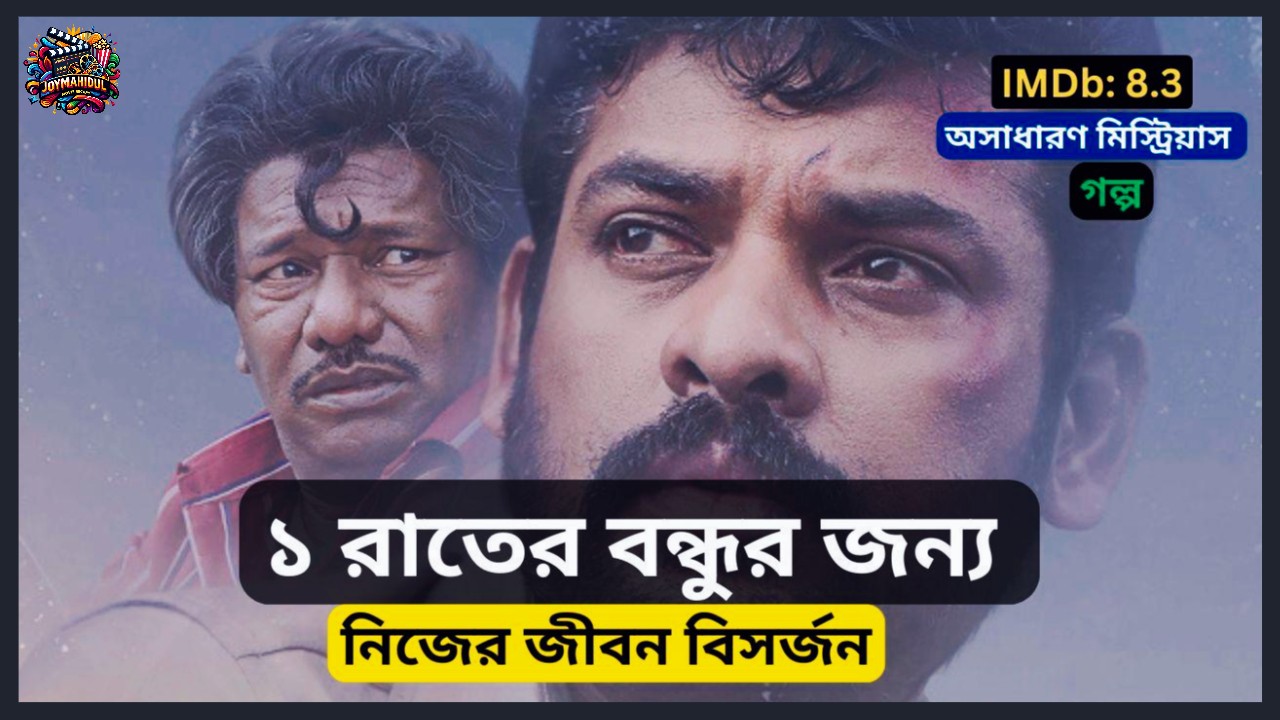
“পোগুমিদাম ভেগু থুরামিল্লাই”-এর মতো আরও চলচ্চিত্র, যেখানে রোড ফিল্ম বা পারিবারিক আবেগ ও সংগ্রামের থিম ফুটে উঠেছে:
“পায়া” (২০১০):
একটি তামিল রোড ফিল্ম, যেখানে দুই ভিন্ন চরিত্রের ভ্রমণ তাদের জীবনের পরিবর্তন ঘটায়। থ্রিল, বন্ধুত্ব, এবং আবেগের মিশ্রণে তৈরি এই ছবি “পোগুমিদাম…”-এর মতোই।
“জিন্দেগি না মিলেগি দোবারা” (২০১১):
এই বলিউড ফিল্মে তিন বন্ধুর একটি রোড ট্রিপ দেখানো হয়েছে, যা তাদের জীবনকে নতুনভাবে উপলব্ধি করতে শেখায়। বন্ধুত্ব ও আবেগের দিক থেকে ছবিটি এই সিনেমার সাথেও সাদৃশ্যপূর্ণ।
“সড়ক” (১৯৯১):
একটি ট্যাক্সি ড্রাইভারের জীবনের সংগ্রাম এবং তার ভালোবাসার গল্প নিয়ে তৈরি এই ফিল্মে মানবিক আবেগ ও সম্পর্ককে প্রাধান্য দেওয়া হয়েছে।
“গ্যাভি চিন্নুডু” (২০০৮):
তেলেগু ভাষার এই ফিল্মে পারিবারিক বন্ধন এবং যাত্রার মাধ্যমে জীবনের পরিবর্তন ফুটে উঠেছে, যা “পোগুমিদাম…”-এর থিমের সাথে মিলে যায়।
“দ্য পাসিং বেল” (২০১৯):
একটি ইংরেজি রোড ফিল্ম, যেখানে দুটি চরিত্র তাদের ভ্রমণের মধ্য দিয়ে জীবনের অর্থ খুঁজে পায়। পারস্পরিক বন্ধুত্ব ও ত্যাগের দিক থেকে ছবিটি অনুরূপ।
এগুলো ছাড়াও, রোড ফিল্ম বা আবেগঘন পারিবারিক গল্প পছন্দ করলে আপনি “ভীর-জারা” (২০০৪) বা “করু” (২০১৮) দেখতে পারেন। এগুলোও আপনাকে একই ধরণের অনুভূতি দেবে।
বিশেষ দিক:
থিম: এটি শুধুমাত্র একটি রোড ফিল্ম নয়, বরং জীবনের প্রকৃত অর্থ এবং মানবিক সম্পর্কের একটি গভীর অনুসন্ধান।
বন্ধুত্ব ও আত্মত্যাগ: কুমার ও মূর্তির সম্পর্ক আমাদের পুরনো সিনেমার সেই অসাধারণ বন্ধুত্বের গল্পগুলো মনে করিয়ে দেয়।
“পোগুমিদাম ভেগু থুরামিল্লাই” দেখতে গিয়ে অনেক দর্শক পুরনো দিনের সেই আবেগঘন গল্পগুলোকে নতুন আঙ্গিকে অনুভব করতে পারবেন।
উপসংহার
“পোগুমিদাম ভেগু থুরামিল্লাই” একটি হৃদয়স্পর্শী এবং আবেগঘন চলচ্চিত্র যা দর্শকদের জীবনের সত্যিকারের অর্থ এবং সম্পর্কের গভীরতা সম্পর্কে চিন্তা করতে বাধ্য করে। ছবির মানবিক থিম, অভিনয় এবং পরিচালনা এটিকে একটি বিশেষ স্থান দিয়েছে তামিল চলচ্চিত্র জগতে। মুক্তির পর সমালোচকদের প্রশংসা এবং দর্শকদের ইতিবাচক প্রতিক্রিয়া ছবির সাফল্য এবং জনপ্রিয়তার প্রমাণ। যারা পরিবার, বন্ধুত্ব, এবং জীবনের আবেগঘন গল্প পছন্দ করেন, তাদের জন্য “পোগুমিদাম ভেগু থুরামিল্লাই” একটি অমূল্য চলচ্চিত্র হিসেবে প্রতিষ্ঠিত হয়েছে।
যদি আপনি জীবন, সম্পর্ক এবং মানবিক আবেগের গভীরতা সম্পর্কে আরো কিছু জানতে চান, তবে “পোগুমিদাম ভেগু থুরামিল্লাই” দেখতে ভুলবেন না। এটি আপনাকে একটি বিশেষ যাত্রায় নিয়ে যাবে যেখানে আপনি বন্ধুত্ব, আত্মত্যাগ এবং ভালোবাসার প্রকৃত অর্থ অনুভব করবেন। এখনই আপনার প্রিয় স্ট্রিমিং প্ল্যাটফর্মে ছবিটি দেখুন এবং একটি হৃদয়স্পর্শী অভিজ্ঞতা লাভ করুন। এছাড়াও, আমাদের YouTube চ্যানেলে পুরো মুভির বিশ্লেষণ দেখতে পারেন। চাইলে একবার দেখে নিন এবং আমাদের চ্যানেলটিতে সাবস্ক্রাইব করতে ভুলবেন না!
৫টি জনপ্রিয় FAQs (Frequently Asked Questions) “পোগুমিদাম ভেগু থুরামিল্লাই” সম্পর্কিত:
১. পোগুমিদাম ভেগু থুরামিল্লাই সিনেমার গল্প কী নিয়ে?
উত্তর: ছবিটির গল্প এ্যাম্বুলেন্স ড্রাইভারের জীবন ঘিরে এবং তার সঙ্গী মূর্তির যাত্রা ঘিরে, যেখানে বন্ধুত্ব, আত্মত্যাগ এবং জীবনের গভীর বার্তা ফুটে উঠেছে।
২. পোগুমিদাম ভেগু থুরামিল্লাই-এর পরিচালক কে?
উত্তর: এই চলচ্চিত্রটি পরিচালনা করেছেন মাইকেল কে. রাজা, যিনি মানবিক থিম এবং গভীর গল্পের জন্য পরিচিত।
৩. পোগুমিদাম ভেগু থুরামিল্লাই কবে মুক্তি পেয়েছিল?
উত্তর: ছবিটি থিয়েটারে মুক্তি পায় ২৩ আগস্ট ২০২৪ সালে এবং ৮ অক্টোবর ২০২৪ থেকে প্রাইম ভিডিওতে স্ট্রিমিং শুরু হয়।
৪. পোগুমিদাম ভেগু থুরামিল্লাই ছবির প্রধান চরিত্রে কে অভিনয় করেছেন?
উত্তর: ছবির প্রধান চরিত্রে অভিনয় করেছেন ভিমল (কুমার) এবং করুণাস (নলিনামূর্তি)। তাদের অনবদ্য অভিনয় ছবিটিকে বিশেষ করে তুলেছে।
৫. পোগুমিদাম ভেগু থুরামিল্লাই সিনেমাটি কী ধরনের বার্তা দেয়?
উত্তর: এই সিনেমা বন্ধুত্ব, আত্মত্যাগ, এবং পরিবারের প্রতি ভালোবাসার গভীর বার্তা দেয়। এটি জীবনের প্রকৃত অর্থ অনুসন্ধানের একটি অনন্য প্রচেষ্টা।
বিভিন্ন সাইটের রেটিংঃ IMDb: ৭.৬/১০, amazon prime video: ৭.৬/১০, Times of India: ২.৫/৫

